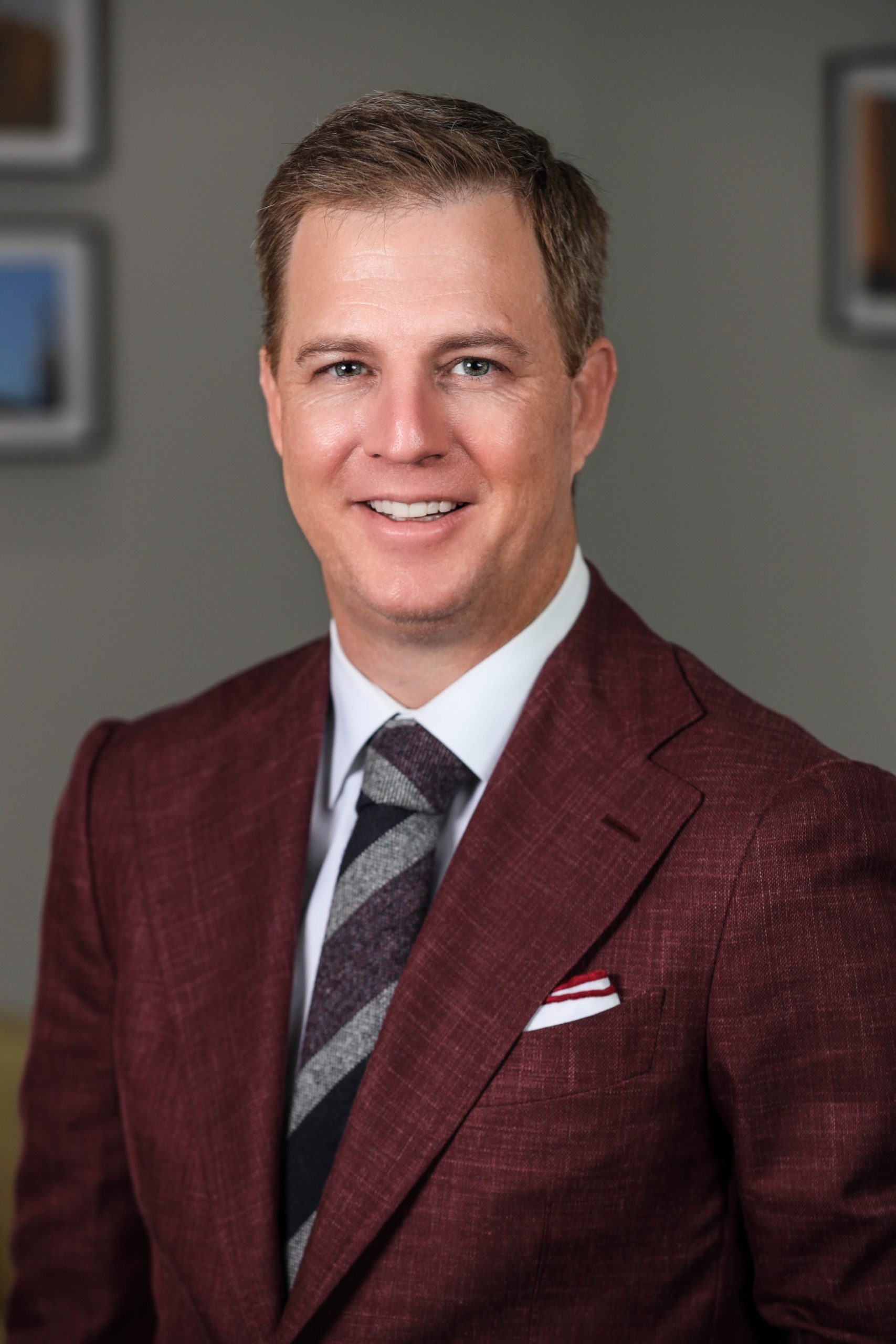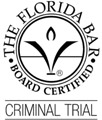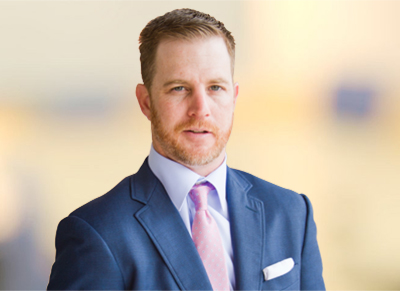Body-worn cameras, or “bodycams,” have been a major development in law enforcement across the United States, including Florida. These cameras offer the potential for increased transparency into the events occurring between police and the public, accountability for police misconduct, and an additional layer of evidence for prosecutors and defense lawyers to use in criminal proceedings.
While their introduction has been generally well-received, the use of body-worn camera footage as evidence in Florida’s criminal courts is a subject that deserves close examination. This post explains how this form of evidence is used in court, the legal frameworks that govern its admissibility, and the challenges and implications of its use in the criminal justice system.
Stechschulte Nell, Attorneys at Law in Tampa uses every available tool to successfully represent our clients when they are facing criminal charges. We take steps to obtain and employ any bodycam videos that support our clients and we ensure that no unfair or harmful video is admitted into evidence if it fails to comply with the Florida Evidence Code.
Legal Framework for Admissibility
In Florida, the admissibility of body-worn camera footage in criminal cases is governed by the Florida Evidence Code, which generally follows the Federal Rules of Evidence. Like other forms of evidence, such footage must be relevant to the case, authentic, and its probative value must outweigh any prejudicial impact. A chain of custody must be established to prove that the footage has not been tampered with, altered, or selectively edited.
Authentication
Before the bodycam video or any camera footage can be admitted into evidence in court, it must be authenticated—meaning that the court must be convinced that the footage accurately represents the events in question. This is usually established through the testimony of the officer who wore the camera, or through metadata and timestamps embedded within the video.
Demonstrating that the video is authentic and accurately depicts events may become more complicated with the new influence of artificial intelligence (AI) technology which is able to produce non-authentic images that seem genuine. To counteract the potential for dishonest videos, both defense lawyers and prosecutors will need to begin using sophisticated analytics to guarantee no one has altered the original video.
Relevance and Materiality and Not Unfairly Prejudicial
Authenticity is not all that is needed to use bodycam video in court. The footage must also be relevant to the issues being debated. Video footage, and other evidence, is considered relevant if it has what lawyers call “probative value.” This means that the evidence must be of some use in determining whether some questioned fact is more likely or less likely to be true.
Then, if it is relevant, the court next needs to determine if the video pertains to a “material issue,” meaning whether the video relates to a significant issue in the case.
Finally, even if the video is relevant (helpful in determining a fact) and material (relates to a significant issue in the case), the bodycam footage still might not be used in court against a defendant if it is “unduly prejudicial.” That means the judge must balance the video’s value against its potential for unfairly prejudicing the jury.
Hearsay Rules
Everyone has heard about “hearsay” from TV and movies about courts. But do you know what hearsay is?
Hearsay is “an out of court statement that is offered into evidence to prove the truth of what statement asserts.” As an example, suppose a bodycam video recorded a witness to a robbery telling the officer that “the robber was a blonde man with a large scar on his face.” If the prosecutor offers the video in court to prove the defendant (a blond man with a scar on his face) is the robber, the court will refuse to allow the video into evidence; it’s hearsay. It’s something someone said outside of court and it is being offered to prove the defendant is the robber.
But if the video were being offered in evidence merely to show that the weather was rainy the day of the robbery, and the video showed heavy rain, then it might be admitted into evidence, without the audio.
There are exceptions to the rule, though. If the video records a defendant admitting a fact that is against his own interests, the video might be admitted. There are several other important exceptions that experienced criminal defense trial lawyers know extremely well. It takes years of courtroom practice to master the rules of evidence, and the rules against hearsay and its exceptions are especially complex.
Body-worn camera footage often captures conversations between officers, suspects, and witnesses. These verbal exchanges are all subject to hearsay rules. The lawyers at Stechschulte Nell Law Office have a deep understanding and ability to use these rules to our clients’ benefit.
Challenges in Using Body-Worn Camera Video
Selective Recording and Gaps
One of the primary criticisms of body-worn camera footage is that it usually records only what the officer selects. Officers may forget or choose not to activate the camera, or the camera may malfunction, leading to gaps in the footage that could be crucial to the case.
Perspective and Field of View and Obstructions
Another challenge is that the camera captures only what is in its field of view, and from the perspective of the officer wearing it. This limitation may not provide a complete picture of the incident. Relying entirely on a bodycam can mislead the viewer in these cases. Experienced criminal defense lawyers will fight to exclude or work to clarify misleading or incomplete video footage.
The Power of Body-Worn Camera Evidence
Florida courts have largely upheld the admissibility of body-worn camera footage when it meets the criteria mentioned above. Courts also decide if and when bodycam video should be released to the public, a decision that can have a powerful impact on the rights of the accused.
The use of body-worn camera footage has significant implications for Florida’s criminal justice system. On the one hand, it can offer an objective account of incidents, potentially reducing instances of police misconduct and false accusations. On the other hand, the potential for unfair prejudice or misleading camera angles challenges skilled lawyers to guard against misuse of video evidence.
Only experienced criminal trial lawyers have the knowledge and mastery of the rules of evidence necessary to give their clients the most benefit from video evidence and to prevent the misuse of bodycam footage by prosecutors. Trust in experienced criminal trial lawyers and reach out to our team at Stechschulte Nell today, call 813-280-1244.









